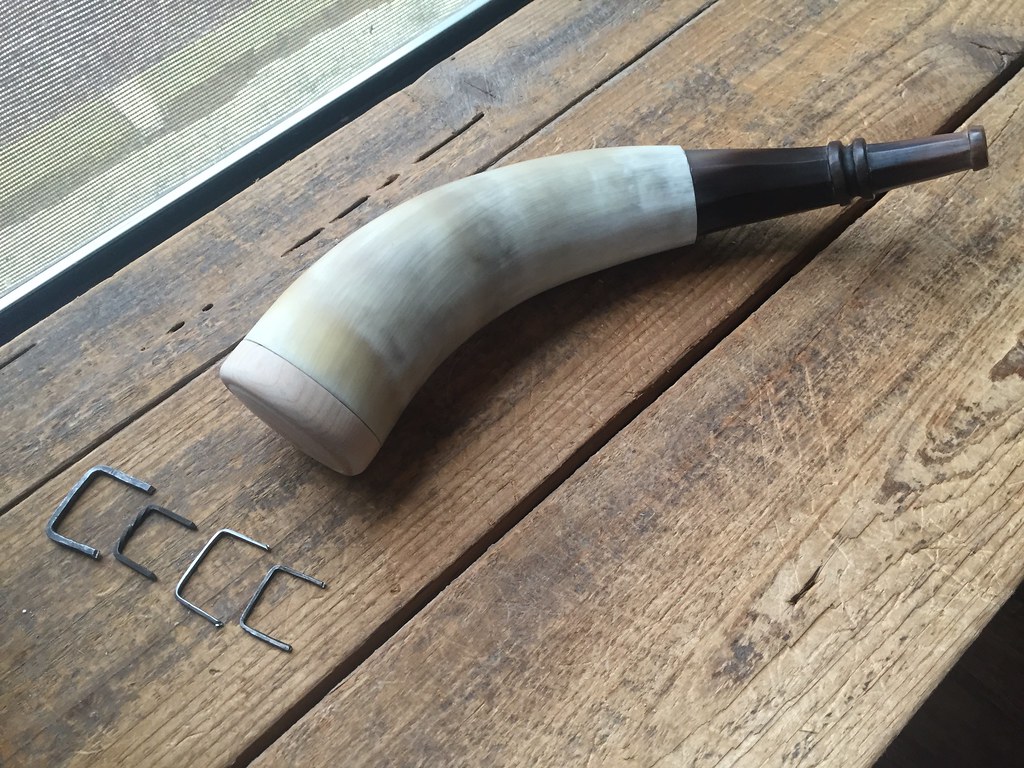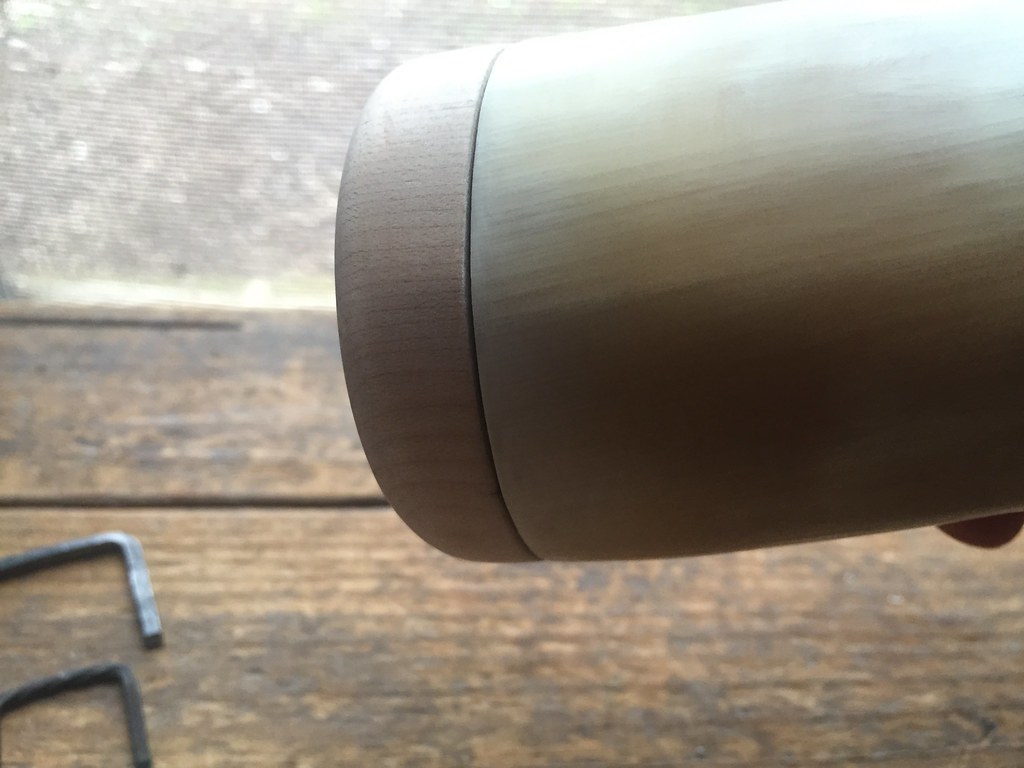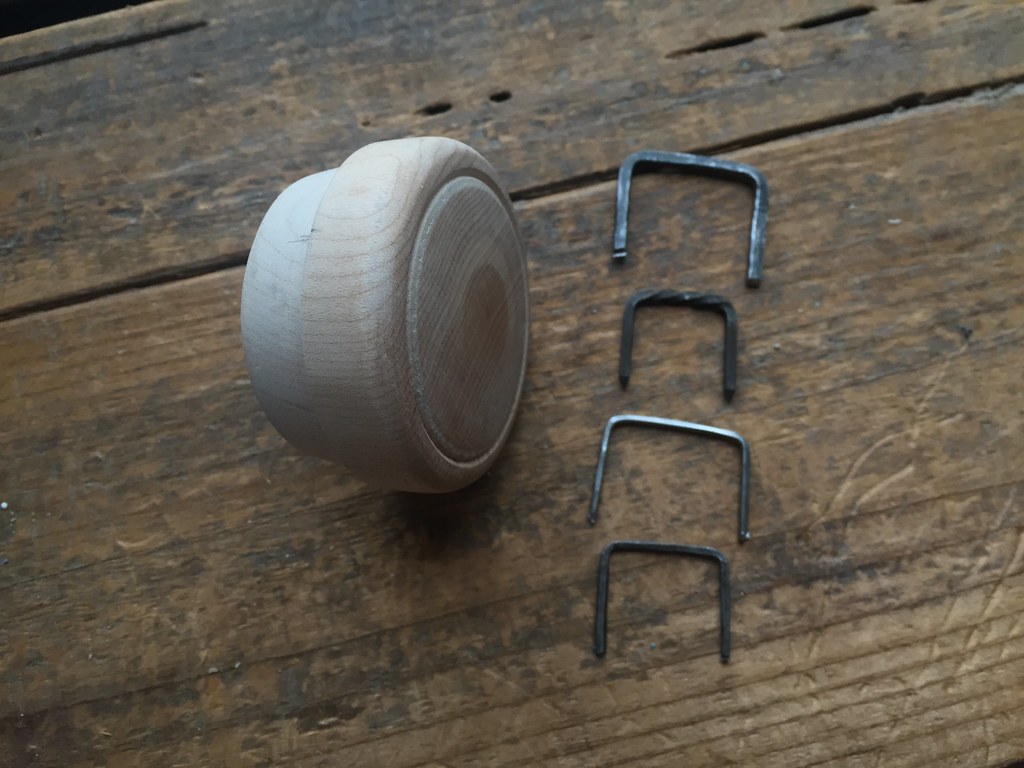Brasilikilt
45 Cal.
- Joined
- Dec 13, 2005
- Messages
- 560
- Reaction score
- 1
Hey there!
The quality of your work is obvious. I can tell that you really thought this project out and took the time needed to produce what turned out to be a really nice horn.
Keep it up and you'll gradually make a lot of top notch gear for your kit.
As for base plugs, you might try a 50/50 mix of melted (bee or candle)wax and boiled linseed oil. Add a small amount of leather dye or furniture stain if you want, but I find that you don't really need it.
Use a cotton rag and smear a liberal amount on your base plug. Heat it up on a stove, or with a heat gun until it sizzles and gets sucked into the wood pores.
Keep wiping on the mix and heating until the wood is good and soaked. This gives a nice authentic appearance to the wood, adds moisture resistance, and really helps seal the plug and horn together to keep it air tight.
This has worked really well for me, hopefully it will for you as well.
The quality of your work is obvious. I can tell that you really thought this project out and took the time needed to produce what turned out to be a really nice horn.
Keep it up and you'll gradually make a lot of top notch gear for your kit.
As for base plugs, you might try a 50/50 mix of melted (bee or candle)wax and boiled linseed oil. Add a small amount of leather dye or furniture stain if you want, but I find that you don't really need it.
Use a cotton rag and smear a liberal amount on your base plug. Heat it up on a stove, or with a heat gun until it sizzles and gets sucked into the wood pores.
Keep wiping on the mix and heating until the wood is good and soaked. This gives a nice authentic appearance to the wood, adds moisture resistance, and really helps seal the plug and horn together to keep it air tight.
This has worked really well for me, hopefully it will for you as well.







